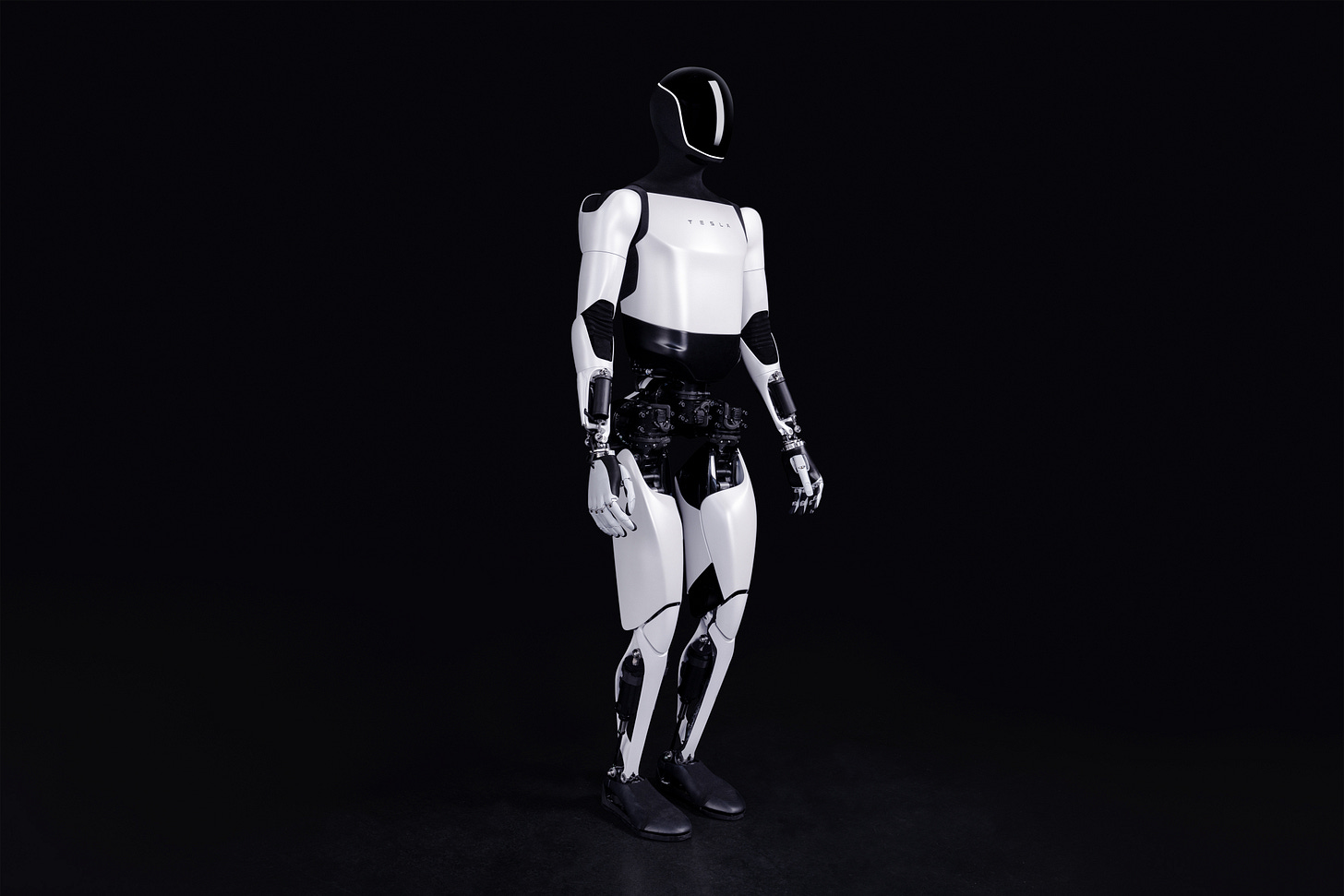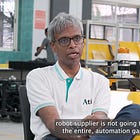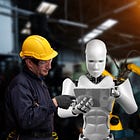Musk betting Tesla on humanoids, Apple pushes automation and more
Daily brief on news from the world of autonomous mobile robots.

Tesla bets its future value on Optimus humanoid robots, says Musk
Elon Musk announced that about 80 percent of Tesla’s value will eventually come from its Optimus humanoid robots, shifting the company’s strategic focus from electric vehicles to robotics and AI, CNBC reports. Musk claims Optimus will elevate Tesla’s valuation to $25 trillion, with plans to scale production to one million units annually within five years. Despite current EV sales declines and production challenges, Musk is steering investor focus toward autonomy and embodied AI innovation.
Apple ramps up supply chain automation, suppliers bear costs - DigiTimes report
Apple is intensifying automation across its manufacturing supply chain to counteract rising costs linked to US trade war tariffs, DigiTimes reports. The increased reliance on automation aims to boost efficiency and reduce dependence on manual labor, but Apple’s suppliers are mostly responsible for investing in and implementing these new technologies, shouldering the financial burden of these upgrades.
RealMan opens Beijing robotics data training center for embodied AI
RealMan Robotics has launched a 3,000 m² data training center in Beijing to advance embodied AI and robotics, according to The Robot Report. The hub features 108 robots operating across ten real-world scenarios, generating over one million data points annually for AI model training. Addressing key robotics deployment challenges, it enables cross-scenario data collection, standardization, and rapid commercialization, while promoting industry-academia collaboration and ecosystem growth.
RoboDK launches free RoboDK Academy for global robot programming skills
RoboDK has introduced RoboDK Academy, a free, self-paced online training platform aimed at bridging the industrial robotics skills gap worldwide, Robotics Tomorrow reports. It offers practical, software-driven courses from beginner to advanced levels, emphasizing hands-on projects using simulation and offline programming, with certification upon completion. Accessible to engineers, students, and automation professionals, the academy supports training without expensive hardware, making robotics education available to anyone, anywhere.
Warehouse robots shift risks but don’t make jobs fully safer
A new study finds warehouse automation reduces severe injuries, like broken bones, by up to 40 percent, but leads to a 77 percent rise in non-severe, repetitive motion injuries, Tech Xplore reports. While robots handle dangerous tasks, workers face increased pick rates and monotonous routines, causing burnout. The researchers conclude that without better job design and realistic performance goals, automation merely redistributes risks rather than eliminating them.


